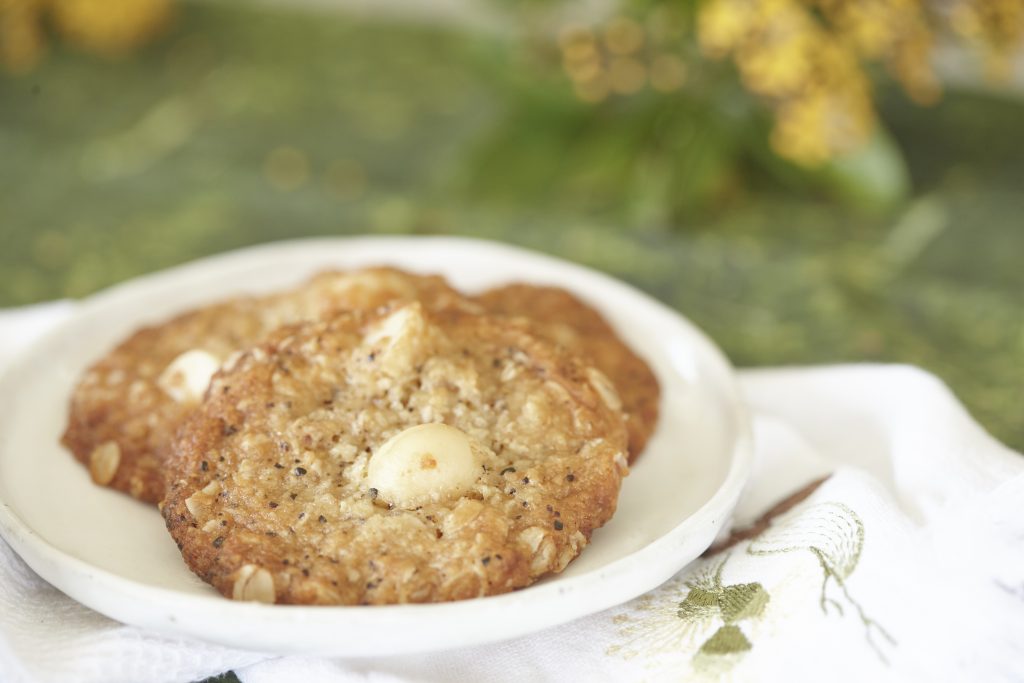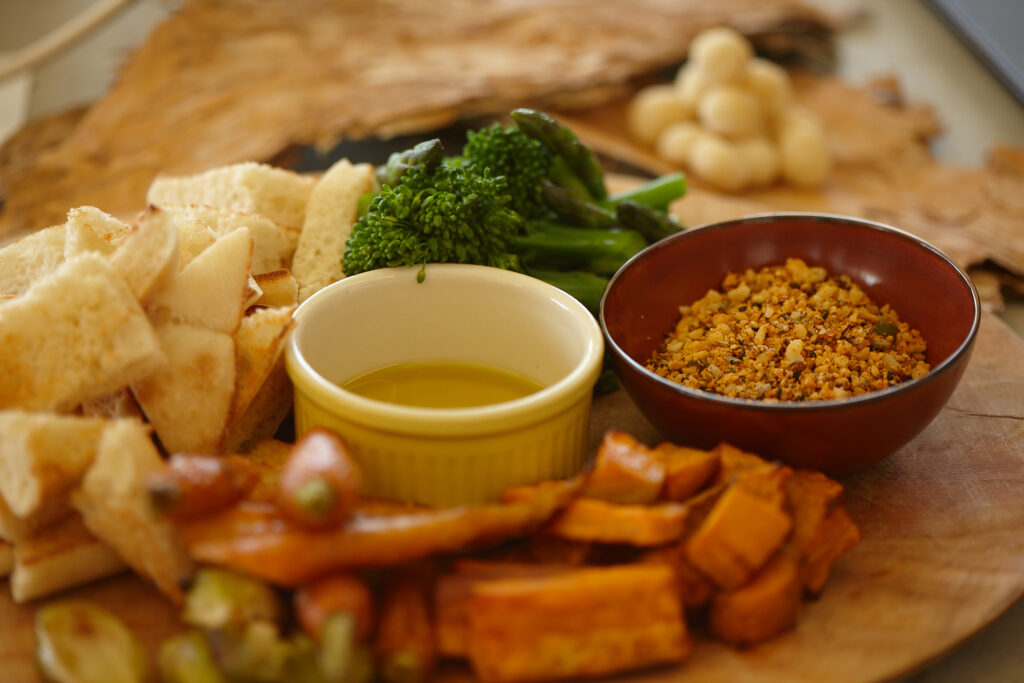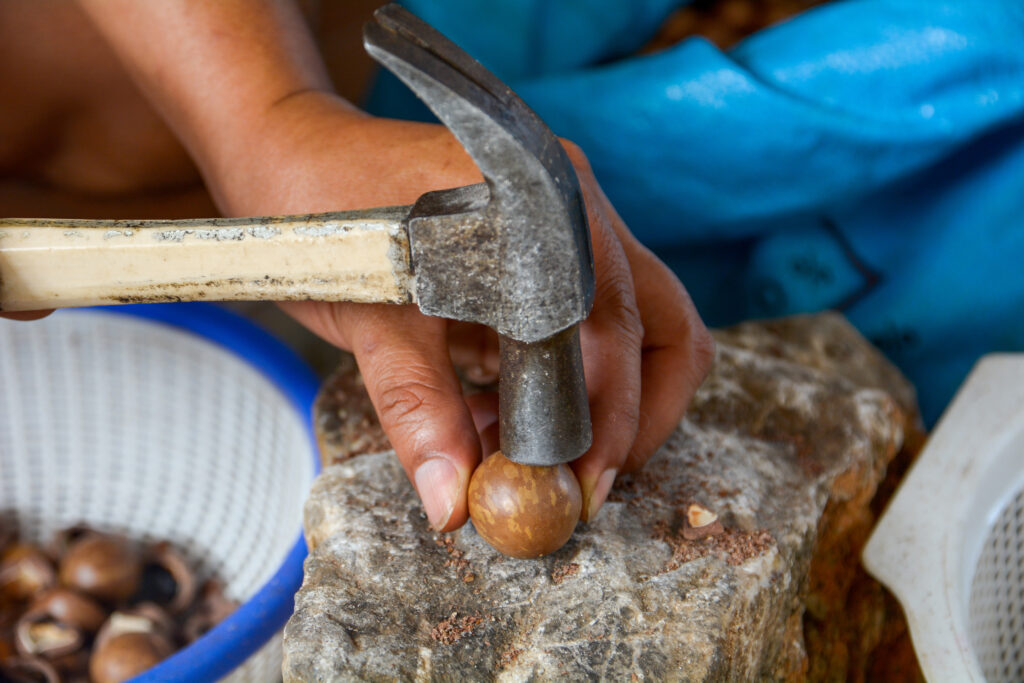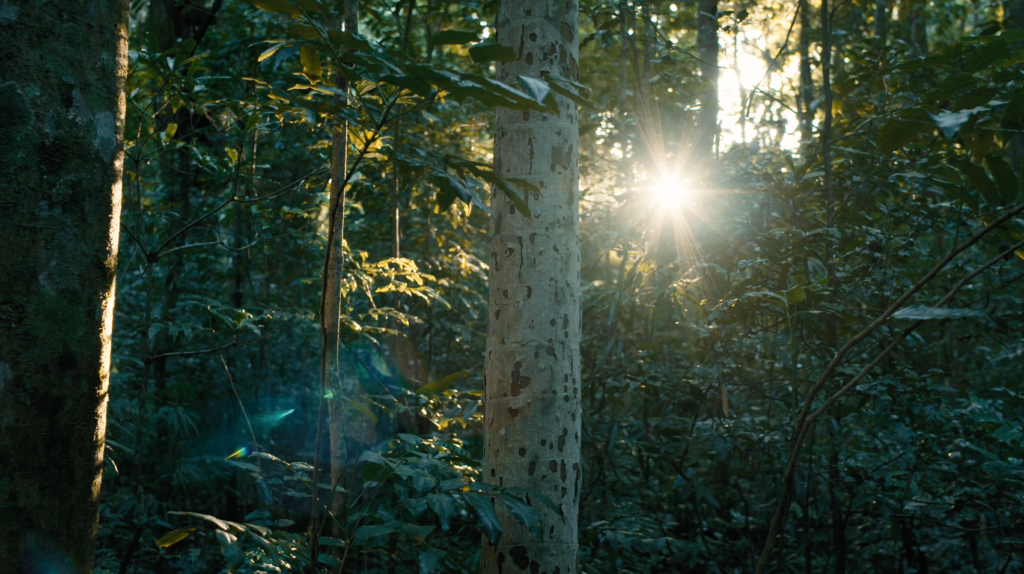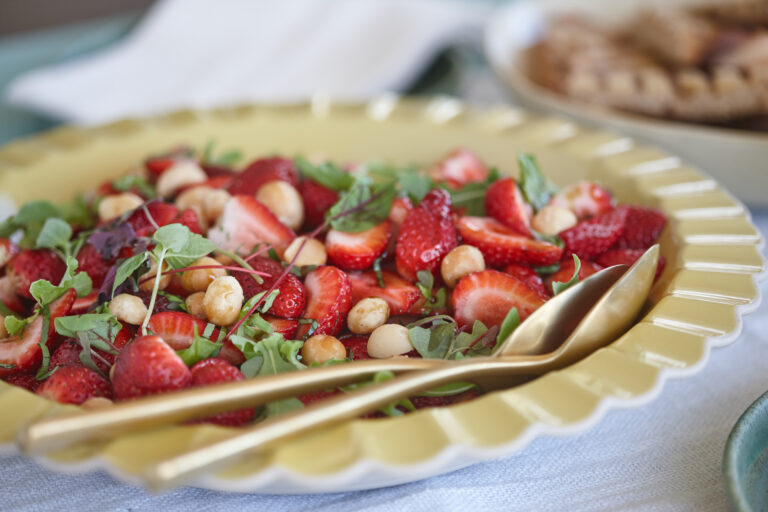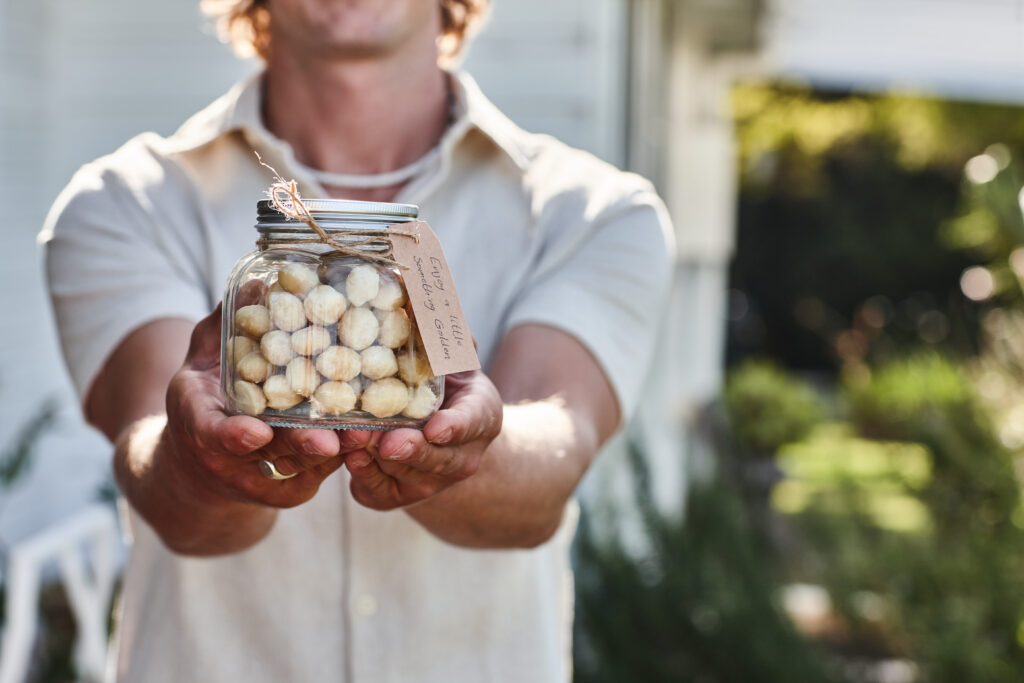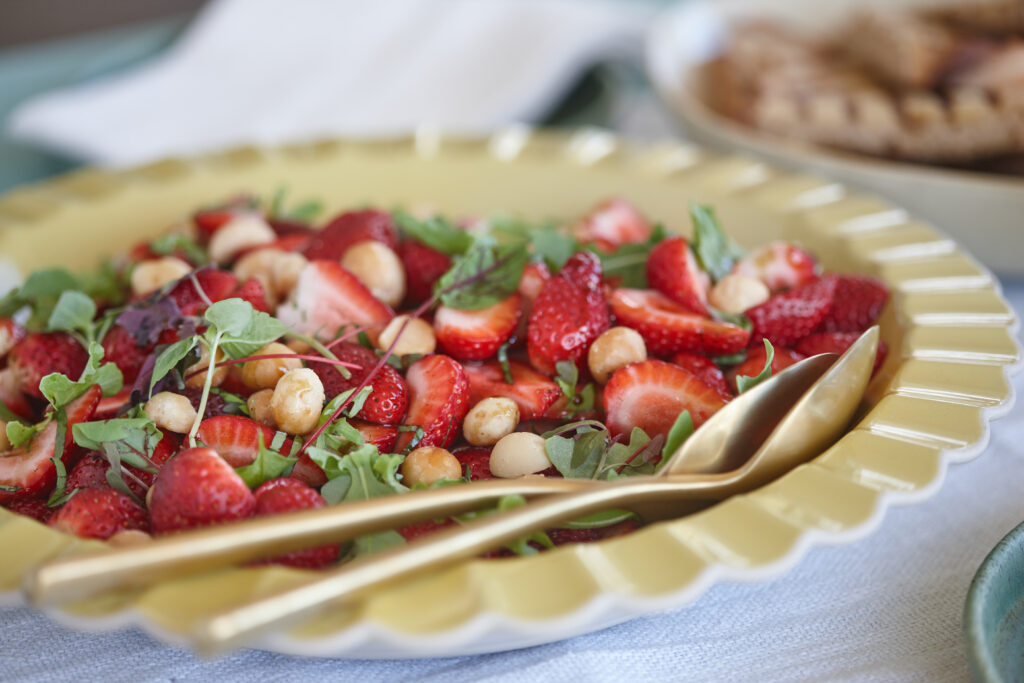No matter the age of the kids in your life, or the time you have free for managing activities, this list has something for everyone.
Remember that feeling when you were a kid of the way the school holidays seemed to go on forever? Long, hot days and nights free from school without having to worry about routine or structure. We tend to look back on those days with the fondness of nostalgia, when in reality we probably complained about being bored as much kids do today!
Whether you have the luxury of time off over summer or you just have responsibility for entertaining children during the long school break, we’ve collected a few (screen-free) ideas that are bound to help you regain that joyful feeling from your childhood.
1) Visit a farm
With summer being peak producing season for many farms and orchards, farms are often open for you to pick your own produce. It’s a great way for kids to see how their food is grown. Although the type of produce available might vary from place to place, you’ll be most likely to find items like stone fruits, berries and summer vegetables (like tomatoes and cucumbers) available for you to pick at this time of year. It’s best to research your holiday destination before you leave to find the best experience for your family. Check that farms are advertised as offering “pick your own” and call ahead to make sure there is produce available on the day you want to pick. You can also arrange a farm stay for your family on a working farm.
2) Be part of a citizen science project
Citizen science projects are collaborations with professional scientists where interested people band together to collect information about the natural world. One of these projects is the Wild Macadamia Hunt. Macadamias are Australia’s native nut. Although most commercial production takes place in Northern NSW and South Eastern Queensland, there are wild macadamia trees in some of the most unexpected locations. They occur naturally in the rainforests of South East Queensland, northern New South Wales and a tiny area of Central Queensland, but you might also find them in suburban backyards, acreage blocks, pastoral properties, old orchards and local parks. Find out how you can be part of the project here.

3) Do a taste test
Taste tests can be a fun way to introduce new foods to picky eaters. Source a number of varieties of one fruit or vegetable, cut them into bite sized portions (if they aren’t already that small), line them up then test them one by one discussing the different flavours as you go. Older kids might like to take tasting notes or rank the favourites with points. Berries are a good option during summer, as many kinds of them are available at once. Nuts work well at any time of year.
4) Plant a vegetable garden
Hot weather means that plants grow quickly so summer is a good time to start that vegetable garden you’ve been thinking about. If you live in an area that experiences high daytime temperatures, make sure you do most of your physical work in the morning before the heat really kicks in. And keep the water up to your new plants to give them the best chance. If that all seems like too much of an endeavour, why not get your kids to try growing food from your kitchen scraps in small pots or a garden bed?
5) Build a worm farm
They are the quietest, hardest working pets that a family can own, so why not make a worm farm over the holidays? Although you can buy readymade worm farms from hardware stores, they can also be made for next to nothing. Get your kids to do the building over summer and the worms will deal with your vegetable scraps and produce organic fertiliser for your garden for the rest of the year.
6) Do some home science experiments
Kids by nature are problem solvers, so get their brains ticking by asking them to work out how much water your household uses every day. Older kids will be able to work out methodologies on their own using a home water audit kit, but younger ones can participate by putting a bucket down the bottom of their shower and measuring the number of times the bucket fills while they wash. They can also help search for leaks around the home. All this has the added benefit of helping to raise awareness of your household’s water use – and once everyone is aware that can lead to lower utility bills in the future.
7) Count the stars or watch the clouds
Seriously. Invite your kids to spend half an hour sky-gazing with you. This is an opportunity to slow down and be mindful, so switch off all notifications or potential distractions and simply see what you see. Meaningfully engaging with nature in this way can help you guard against nature deficit disorder which some experts say is a result of our over-industrial lives and disconnection with the world around us.

8) Make a sculpture out of found objects
Go for a walk along the beach, in the park or to the shops and see what objects you find along the way. Make sure you have permission to collect what you find, then bring the items home and set to work sculpting. Items can be made of any materials or items that you find, however using natural, organic materials (like, sticks, leaves, feathers, shells and stones) often has the most beautiful results.
9) Rock on
One of the joys of the internet is the way that it enables strangers to work together for mutual fun and enjoyment. That’s what rock-finding is all about. It’s a community-wide hide and seek game using painted rocks. You simply paint rocks and hide them in public places for others to enjoy finding. In turn, others drop rocks that you can search for. It’s fun and free. You can get in on the action by joining a local facebook group like NSW Rocks.
10) Scavenger hunting
While rock finding will delight younger kids, geocaching will get the older ones out and about. It’s a GPS treasure hunt where you track down a treasure box at a specific set of GPS coordinates. Although you do need a GPS enabled phone to go geocaching, it’s still a lot of real-world fun. Find a cache near you, load the details into your phone and navigate to the treasure. Once you’ve found it, write your name in the logbook and then add you details to the online log. However, remember the golden rule of geocaching: If you take something from a geocache replace it with something of equal or greater value.
What screen free activities do your kids love over summer? Let us know on our Facebook page.

